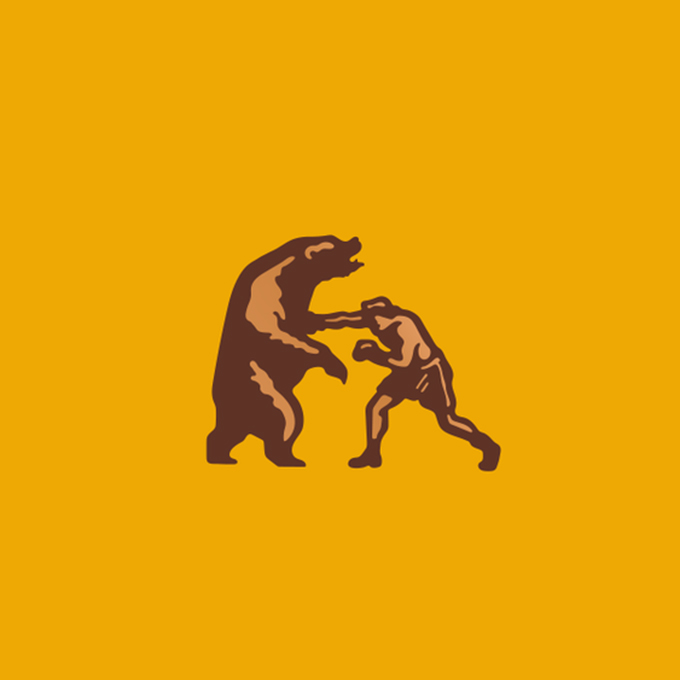When to Fight Over Logos

As a brand development agency, we handle a lot of visual identity projects for our partners—both consumer-facing and B2B. Those projects are often the first tangible deliverable of a well-rounded branding campaign. As a designer, I love taking on that responsibility, especially the work that goes into crafting a logo—that small graphic mark that our partners trust to carry a lot of marketing weight.
Su Mathews Hale, the artist behind recent logo redesigns for Walmart and eBay, said in a 2014 interview with entrepreneur.com, “A company’s logo is its shorthand, a visual cue that tells a story of the brand’s culture, behavior, and values.”
I was an amateur boxer in former life, so folks might be tempted to think that I just like fighting. I don’t (unless you want to go toe-to-toe over Star Wars [Episodes IV-VI] minutiae). But I do take issue with Hale’s seemingly innocent soundbite—namely with the idea that a logo “tells a story.”
A great (or even really, really good) logo doesn’t tell your brand’s story; instead, it complements it. This is semantics, but it’s a semantic fight worth having—this very difference comes up in just about every brand identity project we take on.
As important as it is, a successful logo is only one component working within a system of other differentiated elements: photography, color scheme, and messaging, to name a few. This doesn’t mean that all elements require the same investment of time and creative energy—just that the logo alone can do only so much lifting.
More recently, design icon Michael Bierut went so far as to proclaim that logos are an empty vessel and that we “pour the meaning into them.” A great example of this approach is the Apple logo, which has essentially gone unchanged since its debut in 1976. It’s a mark that we all know, (most of us) love, and can probably draw with our eyes closed. One of the things I admire about Apple’s logo is its defiance against one of the most disconcerting branding anti-truths: a logo should clearly state a company’s business. We all know that Apple sells computers, not fruit, so how does it work so well if it doesn’t tell the company’s story? Because the advertising campaigns, product quality, messaging, and other differentiating elements have worked together to create an emotional connection that inspire loyalty and, most importantly, sales.
Brand loyalty and preference are the result of consistent brand implementation; we can’t expect a new logo, on its own, to elicit positive brand sentiment, and we shouldn’t expect it to do all that work until years of positive equity have been built through consistent branding.
So, yes, let’s create an exceptional logo that helps tell your brand’s story, all the while keeping in mind that an exceptional logo will never save thin brand strategy, marginal photography, poor storytelling, commodity product positioning, or bad company service.
Some things are worth fighting over, and a comprehensive brand development project is one of them. Our crew of designers, writers, and strategists are enthusiastic about developing brands, including these perplexing little marks that simultaneously mean so little and so much. Email or call us today if you want to talk about the ways we can help fight for your brand. Or visit our case studies to see examples of our brand development work.
